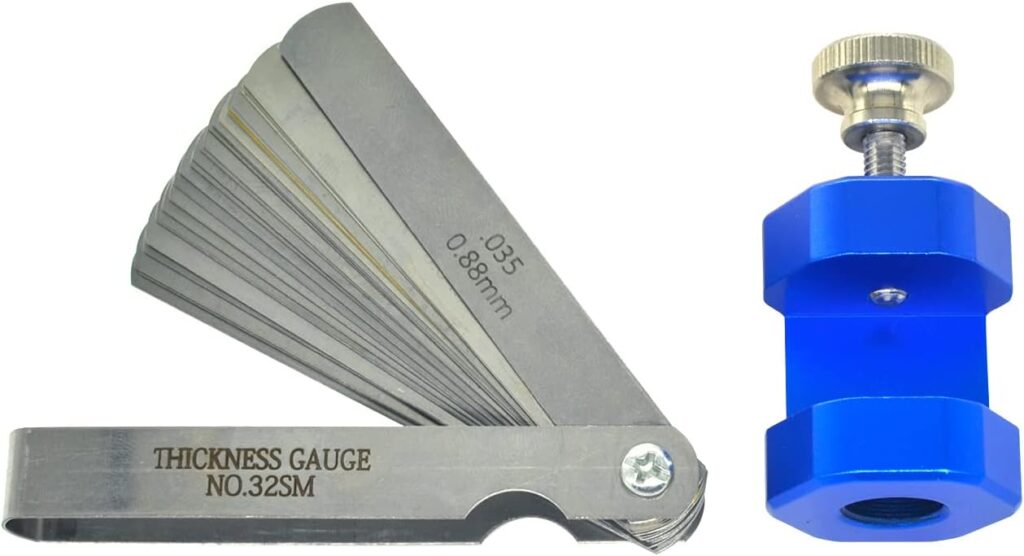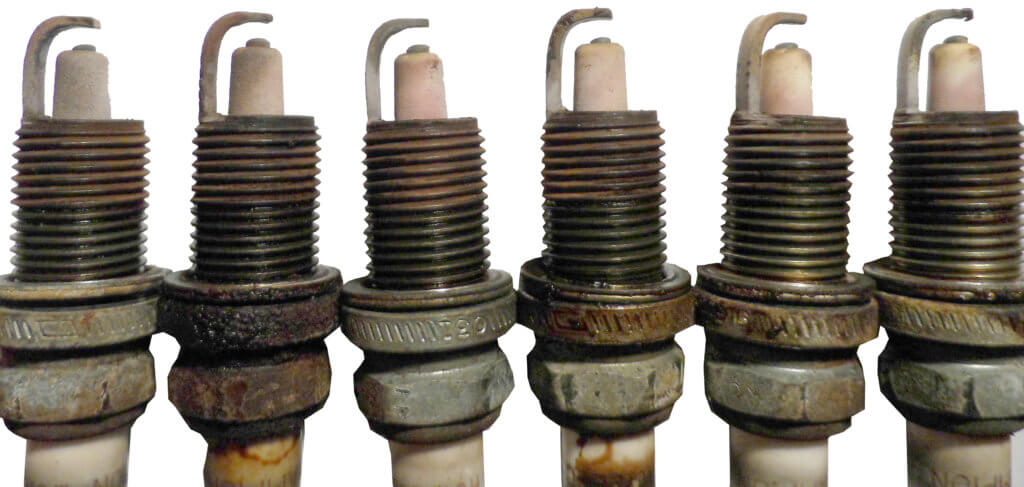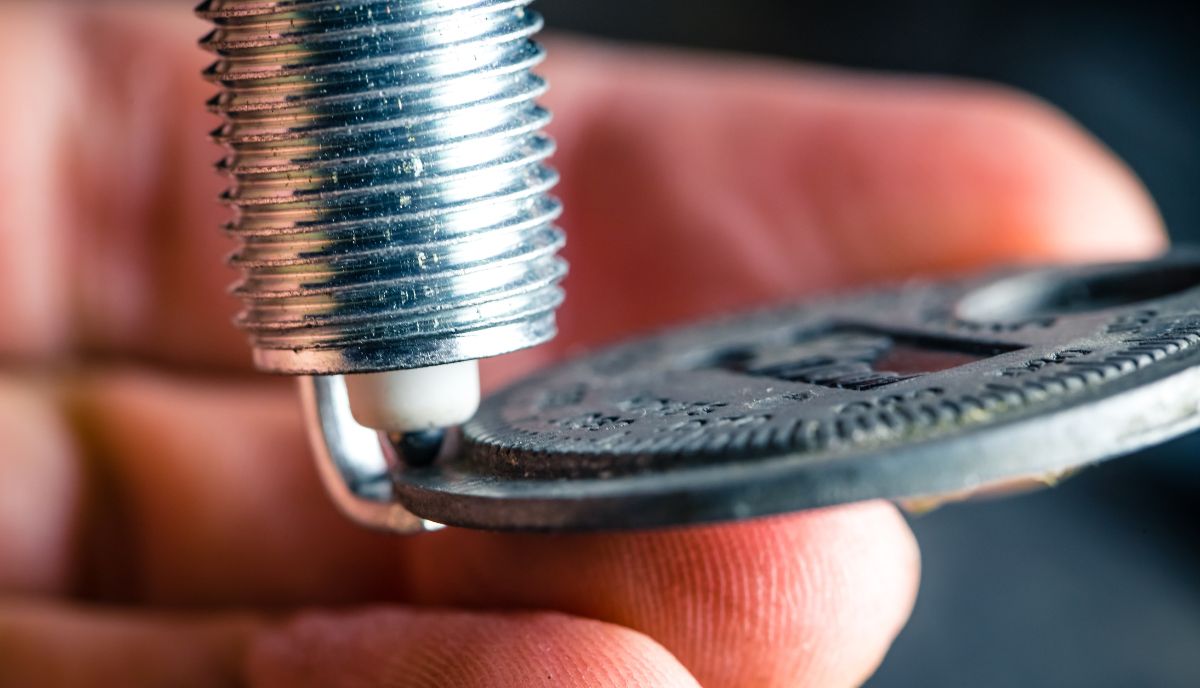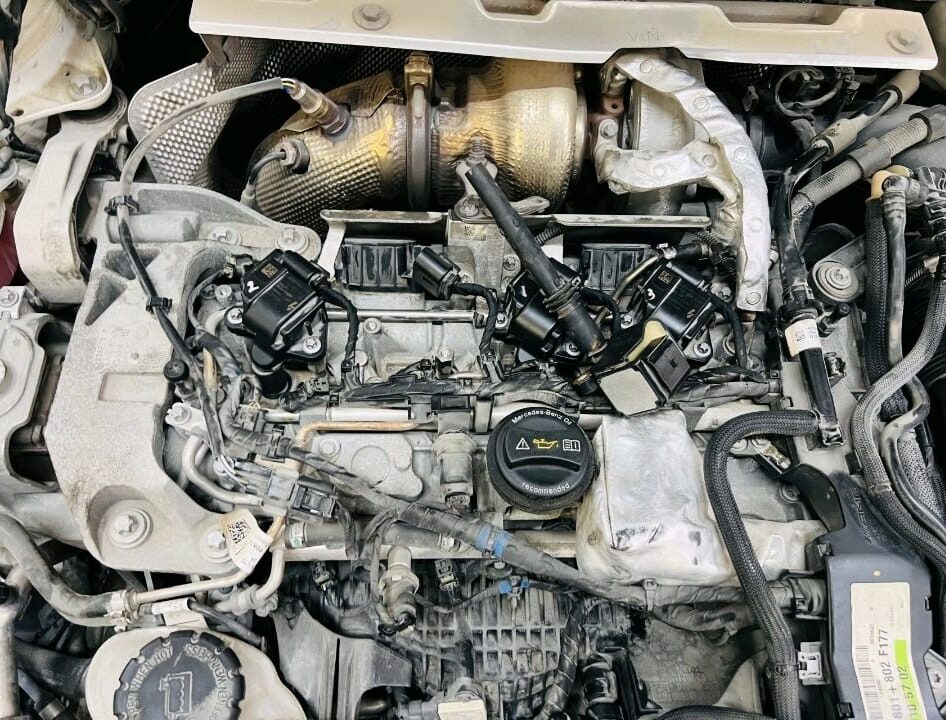Can spark plug gap cause misfire? Yes, an incorrect spark plug gap can cause a misfire. If the gap is too small, the spark may be too weak to ignite the air-fuel mixture properly, while a gap that’s too large can result in an inconsistent or weak spark, both leading to engine misfires.
The spark plug gap plays a critical role in the vehicle’s engine performance. A misadjusted gap can lead to engine misfires, poor fuel efficiency, and even engine damage over time. In this article, we’ll explain how spark plug gap can cause misfires, how to detect such issues, and what you can do to fix them.
Contents
Spark Plug Gap and Its Importance
The spark plug gap is the distance between the center and ground electrodes of the spark plug. This gap must be set to a specific measurement to ensure that the spark plug can create a strong enough spark to ignite the air-fuel mixture in your engine’s cylinders.
If the gap is too small or too large, it can cause ignition issues that may lead to engine misfires. A proper spark plug gap allows for efficient combustion, ensuring smooth engine performance and optimal fuel economy.

Can Spark Plug Gap Cause Misfire?
Yes, an incorrect spark plug gap can certainly cause a misfire. Here’s how it happens:
1. Small Spark Plug Gap
When the spark plug gap is too small, the spark created by the spark plug might not be strong enough to properly ignite the air-fuel mixture in the combustion chamber. This can lead to incomplete combustion, resulting in a misfire.
A smaller gap can also cause the spark to be weaker and not last long enough, which means the engine struggles to produce enough power for smooth acceleration. This can be especially noticeable during hard acceleration or when idling.
2. Large Spark Plug Gap
On the other hand, if the spark plug gap is too wide, the spark may be too weak to properly ignite the fuel mixture. This can also lead to a misfire because the spark is not strong enough to initiate the combustion process.
Additionally, a large spark plug gap can increase the strain on the ignition coil, potentially leading to ignition coil failure over time. This means that not only will the engine misfire, but it may also face more serious electrical issues.
How to Adjust Spark Plug Gap
Now that you understand how an incorrect spark plug gap can cause misfires, it’s important to know how to adjust it correctly. Here’s a step-by-step guide on how to adjust the spark plug gap to prevent engine misfires:
1. Gather the Right Tools
You will need a spark plug gap tool (also known as a feeler gauge) to measure the gap. This tool will help you precisely adjust the gap to the manufacturer’s recommended specifications.
2. Check the Spark Plug Gap
Before installing new spark plugs, you should always measure the gap to ensure it’s within the specified range. Refer to your car’s owner’s manual or the spark plug packaging for the correct gap measurement.
3. Adjust the Gap
If the gap is too narrow or too wide, use the feeler gauge to carefully adjust it. If it’s too small, gently tap the side of the spark plug electrode with the gauge. If it’s too large, carefully bend the electrode with the tool to bring it back to the correct size.
4. Double-Check the Gap
Once the adjustment is made, recheck the spark plug gap to ensure it’s within the correct range. This is crucial to avoid issues such as engine misfires.
5. Install the Spark Plugs
Once the gap is correctly adjusted, install the spark plugs into your engine. Tighten them to the manufacturer’s specifications to ensure proper installation.
Signs That Spark Plug Gap Is Causing Misfire
If your spark plug gap is too small or too large, your vehicle will show several signs of engine misfires. Here are the common signs that your spark plug gap is causing misfires:
1. Rough Idling
One of the first signs of a misfire caused by an incorrect spark plug gap is rough idling. If the engine struggles to idle smoothly or shakes at low RPMs, this could be due to incomplete combustion from an improper spark plug gap.
2. Engine Stuttering
When you press the gas pedal and notice that the engine stutters or hesitates, the spark plug gap might be the issue. Misfires caused by incorrect gap size can cause a delay in ignition, making acceleration sluggish.
3. Poor Fuel Efficiency
If your car’s fuel efficiency suddenly drops, it could be due to the spark plug gap not allowing for proper combustion. A small or large gap can cause incomplete combustion, leading to wasted fuel and reduced mileage.
4. Decreased Power and Acceleration
A misfiring engine caused by incorrect spark plug gap can result in a noticeable loss of power. You may experience a lack of acceleration, particularly when the engine is under load.
5. Check Engine Light
If your engine misfires due to an incorrect spark plug gap, your car’s computer system may detect the misfire and trigger the check engine light. This can often be read using an OBD-II scanner to confirm that spark plugs are the source of the problem.

How to Prevent Spark Plug Gap Issues
Preventing spark plug gap-related issues can save you time, money, and engine trouble. Here are some tips to ensure your spark plug gap remains optimal:
1. Use Quality Spark Plugs
Always use high-quality spark plugs that match the manufacturer’s specifications for your vehicle. Poor-quality plugs may not last long or may come with incorrect gaps from the factory. Read more about How Long Do Spark Plugs Last.
2. Regular Maintenance
Check and adjust your spark plug gaps during routine maintenance intervals. It’s always a good idea to inspect the spark plugs during your vehicle’s regular service to ensure they’re in good condition and properly gapped.
3. Follow the Manufacturer’s Specifications
Your vehicle’s manual will always provide the recommended spark plug gap. Be sure to follow these guidelines when replacing spark plugs to avoid misfires and engine damage.
4. Replace Worn or Damaged Spark Plugs
If your spark plugs are worn or damaged, they can affect the ignition process even if the gap is correct. Replacing worn plugs will prevent misfires caused by spark plug wear and tear.
Frequently Asked Questions
Here are some FAQs about spark plug gap cause misfire –
1. How do I know if my spark plug gap is incorrect?
You may notice rough idling, stuttering, or poor acceleration if the spark plug gap is too small or large. A drop in fuel efficiency and the check engine light turning on are also signs.
2. Can a misfire damage my engine?
Yes, if misfires persist and are left unchecked, they can cause engine damage, including overheating, damaged pistons, and worn-out components.
3. How do I measure the spark plug gap?
Use a feeler gauge or spark plug gap tool to measure the gap between the spark plug electrodes. Compare the measurement to the specifications provided by your car’s manufacturer.
4. Can I adjust the spark plug gap myself?
Yes, you can adjust the spark plug gap yourself with the right tools. Just make sure to follow the correct procedure to avoid damaging the spark plugs.
5. How often should I check my spark plug gap?
It’s a good idea to check your spark plug gap during routine maintenance, typically every 30,000 to 50,000 miles, or whenever you replace the spark plugs.
Conclusion
An incorrect spark plug gap can indeed cause a misfire in your engine. Whether the gap is too small or too large, it can lead to poor combustion, engine misfires, and a decrease in performance. Ensuring that your spark plugs are properly gapped is essential for smooth engine operation and optimal fuel efficiency.





